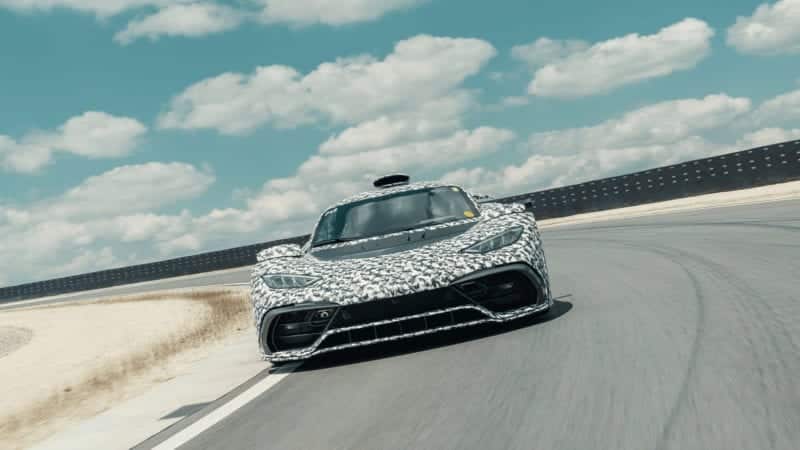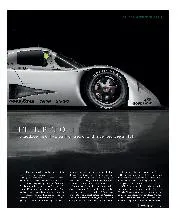The Mercedes-AMG Project One hypercar, built around the 2016 F1 championship-winning hybrid engine, has been seen and heard in testing before production starts at the end of the year.
With a modified version of the 1.6-litre V6 engine that revs up to 11,000rpm, the car is said to produce more than 1,000bhp in combination with four electric motors.
Its top speed is reported to be over 217mph and active aerodynamics help keep it stable in corners.
A promotional video from Mercedes shows the £2m car testing at its Immendingen test track; the noise of the engine clearly audible despite a backing track.
In an accompanying press release, Mercedes said that it had worked “with great tenacity and exceptional engineering expertise” to develop aspects such as the noise level, which has to remain within legal limits.
Uneviled in 2017, Project One has been several years in development as the grand prix engine has been refined to cope with 30mph speed limits and reliability requirements that go beyond a few race distances.
Andy Cowell, who led development of the Mercedes F1 hybrid engine, was heavily involved in modifying it for the road, which included replacing mechanical valve springs with pneumatic components. The engine’s production line sits alongside that of the F1 engine at Brixworth, Northamptonshire.
Owners should be able to cover around 31,000 miles before significant work is needed (around 7.5 seasons’-worth of F1 grands prix, excluding practice).



